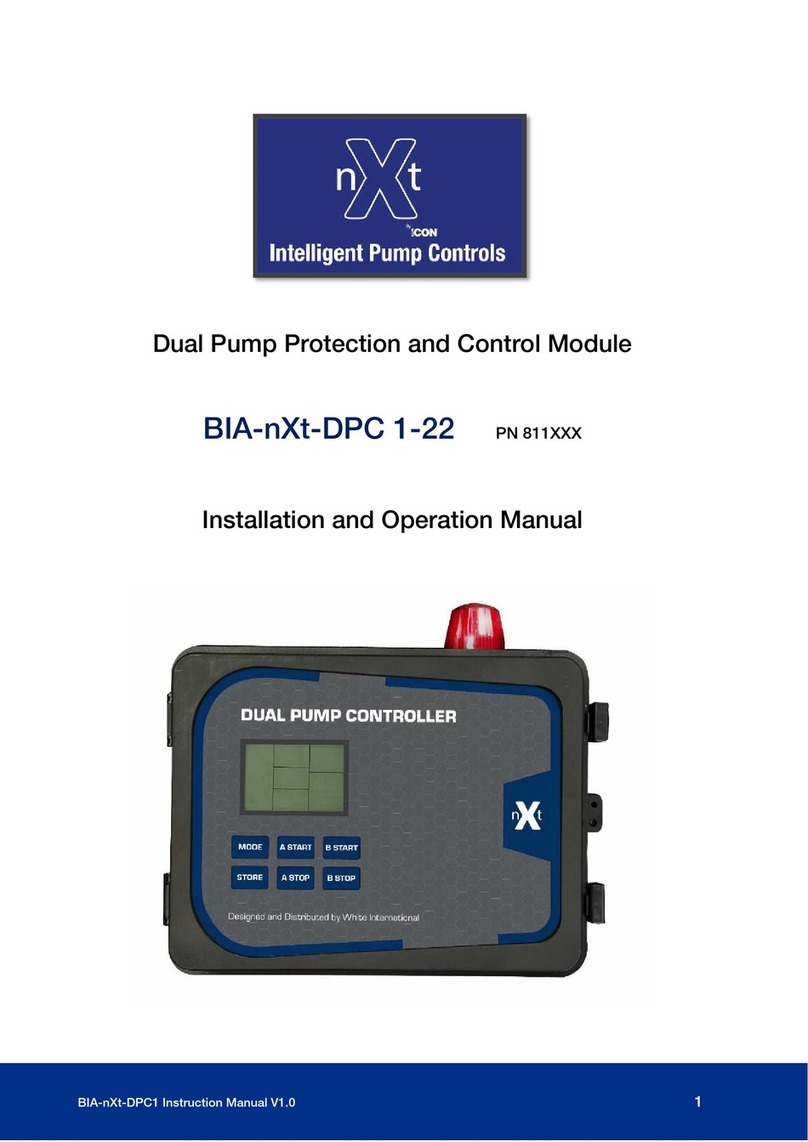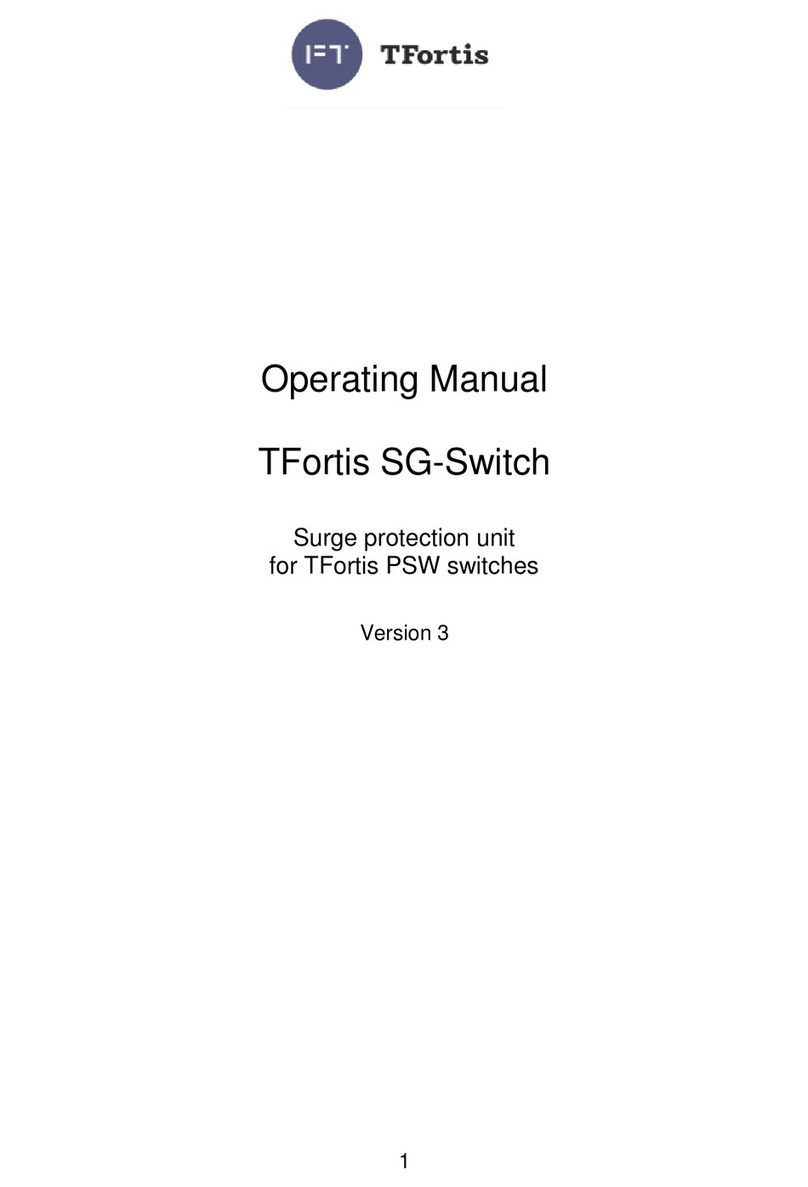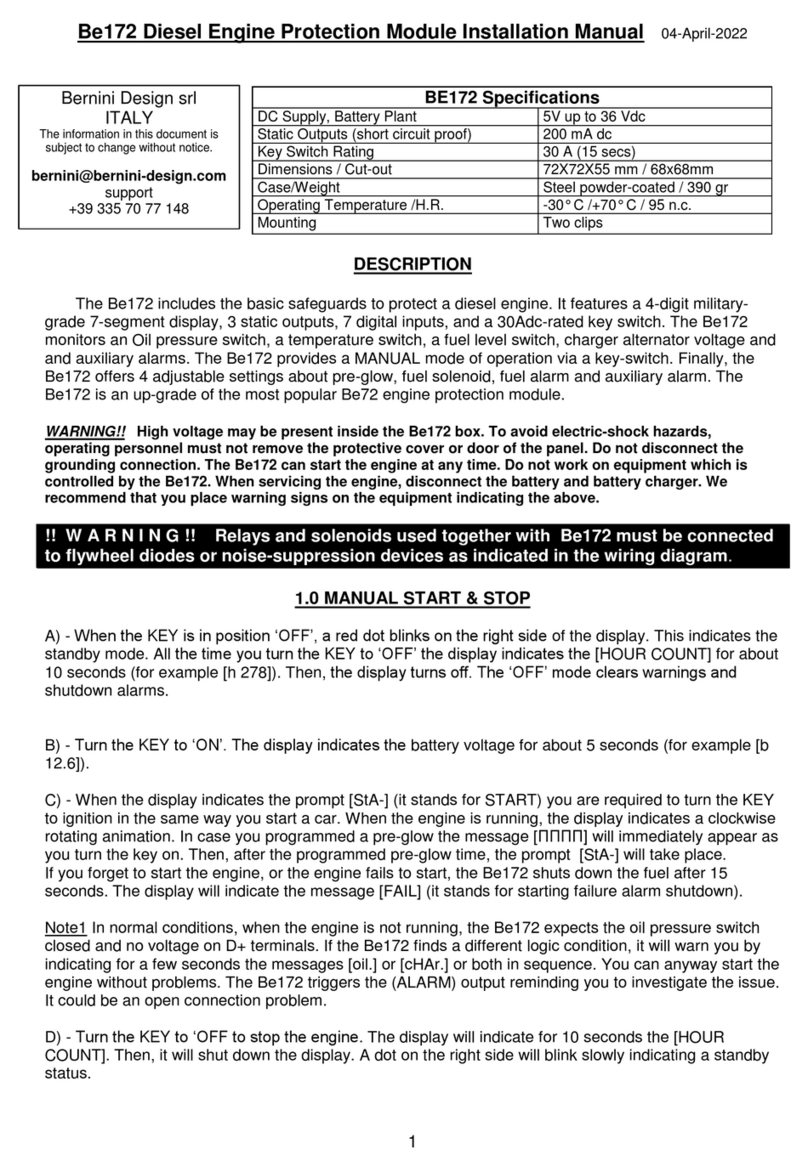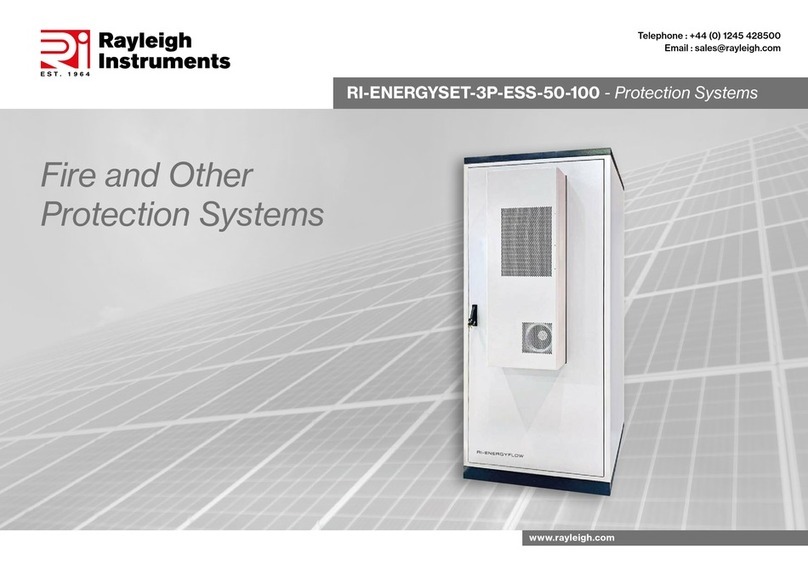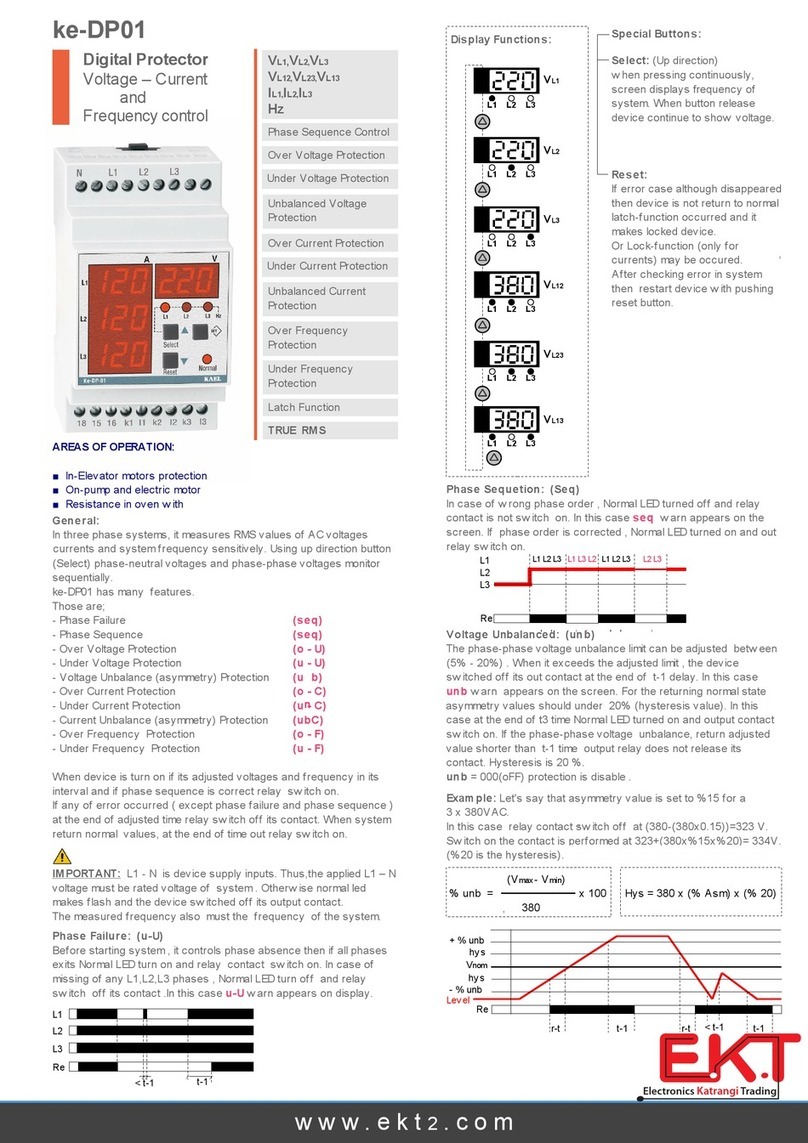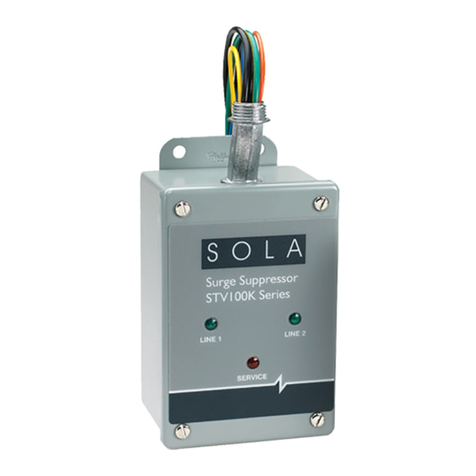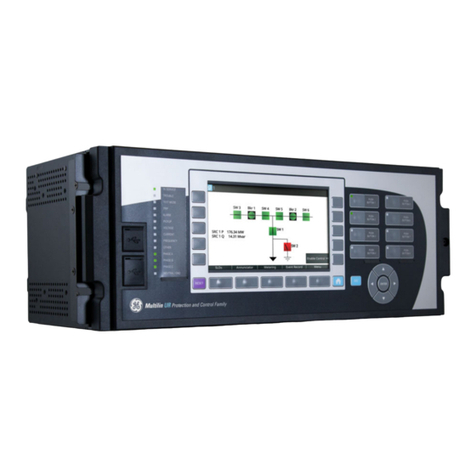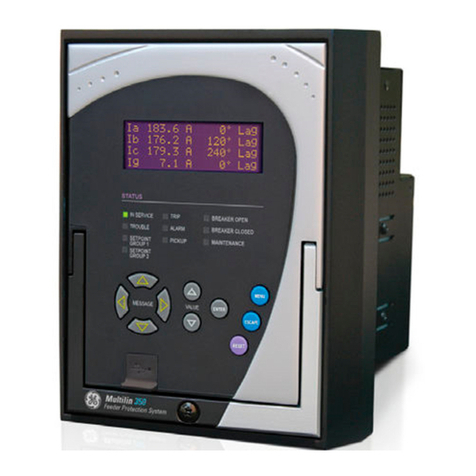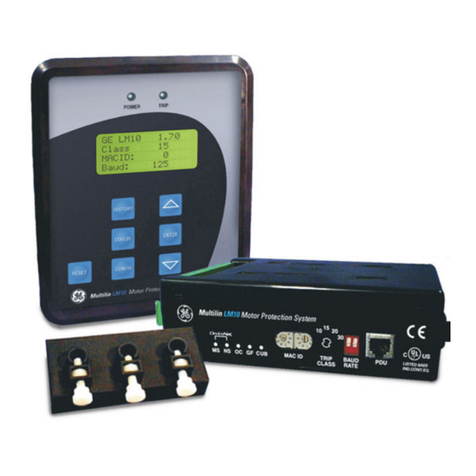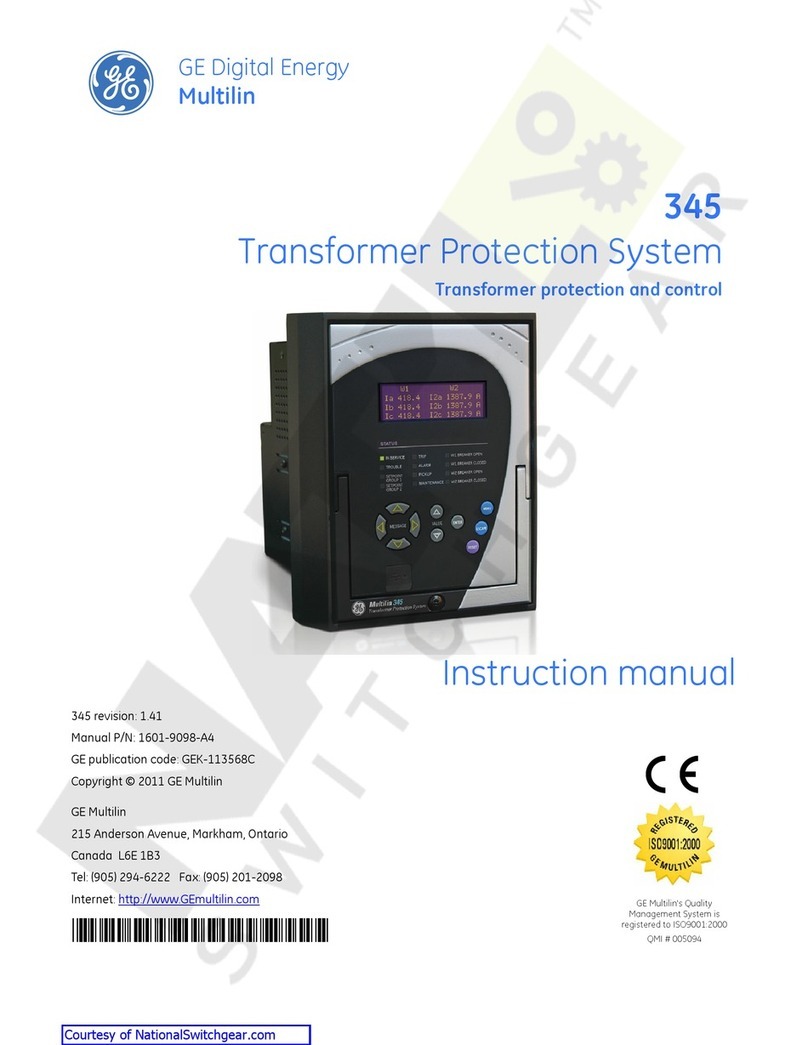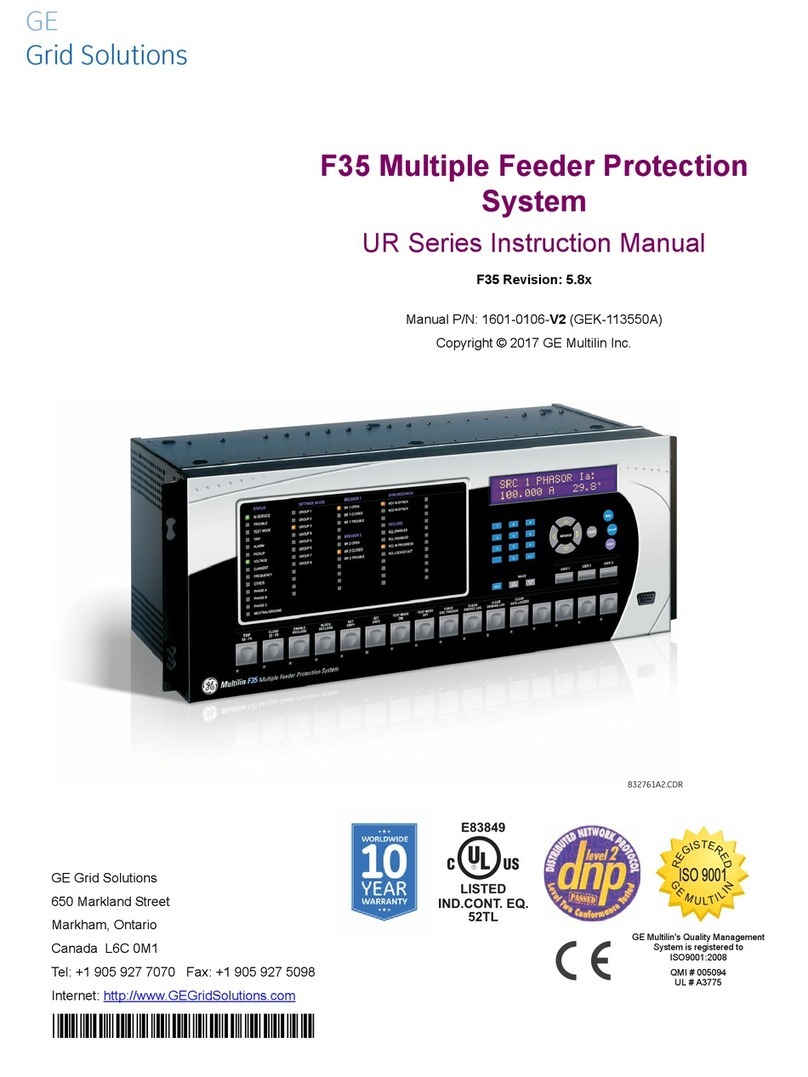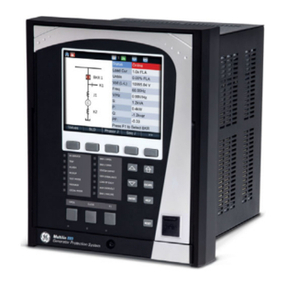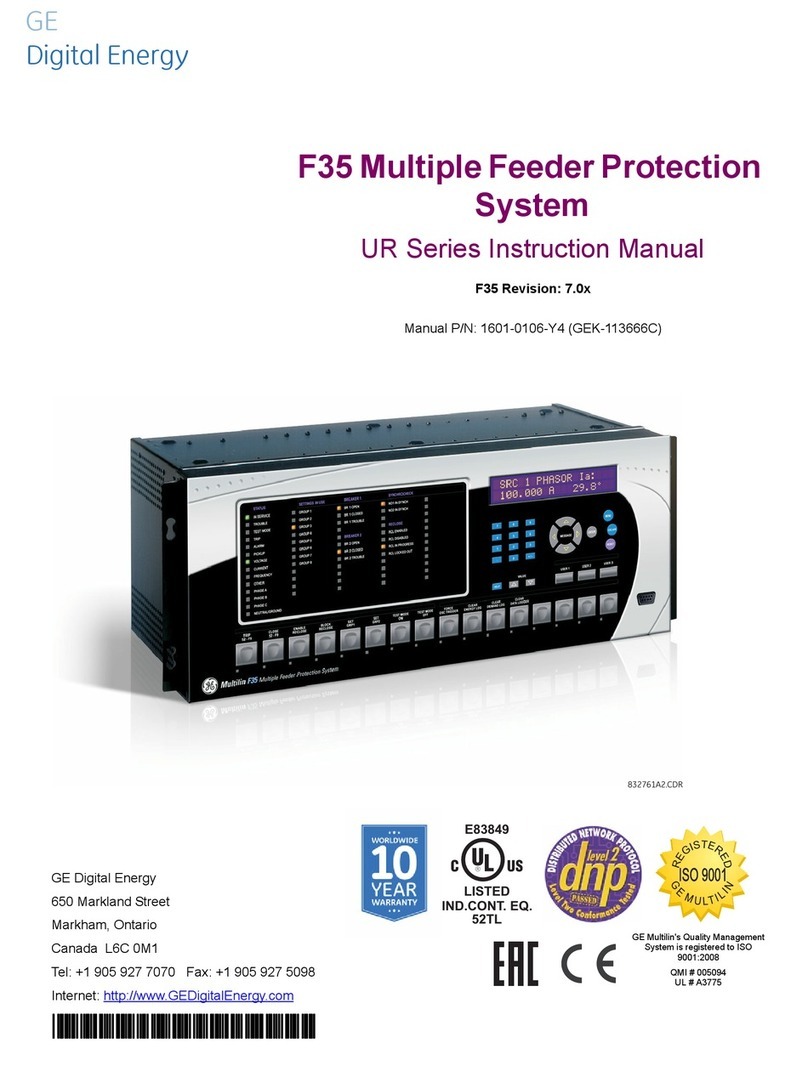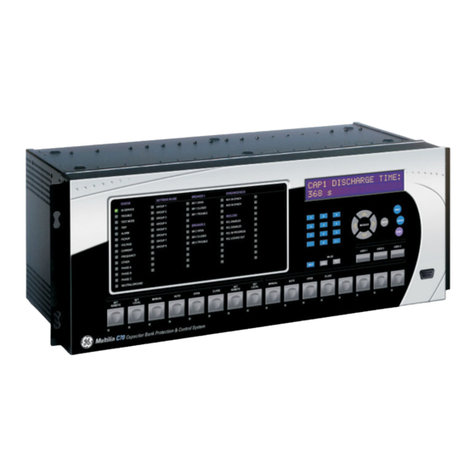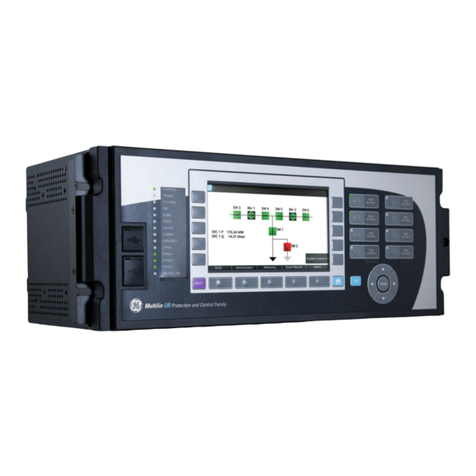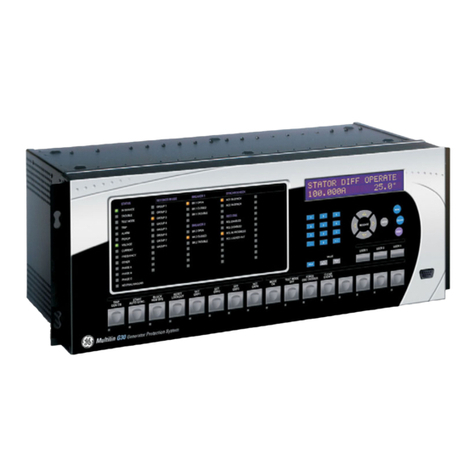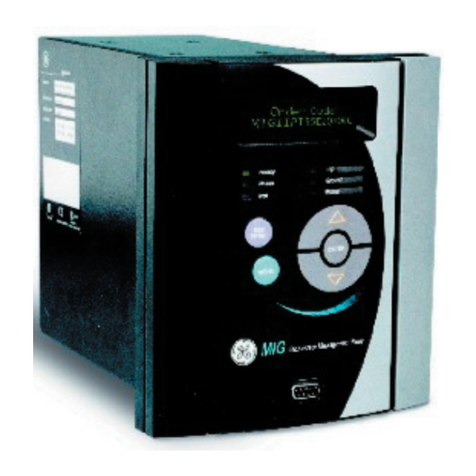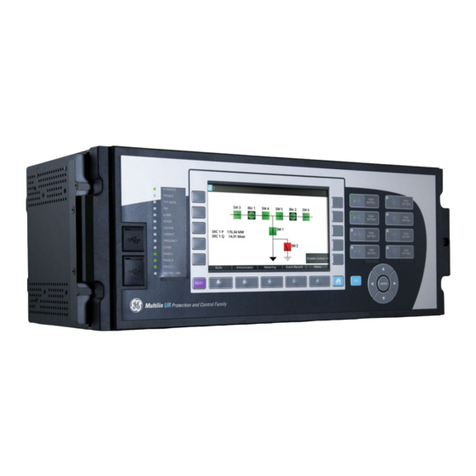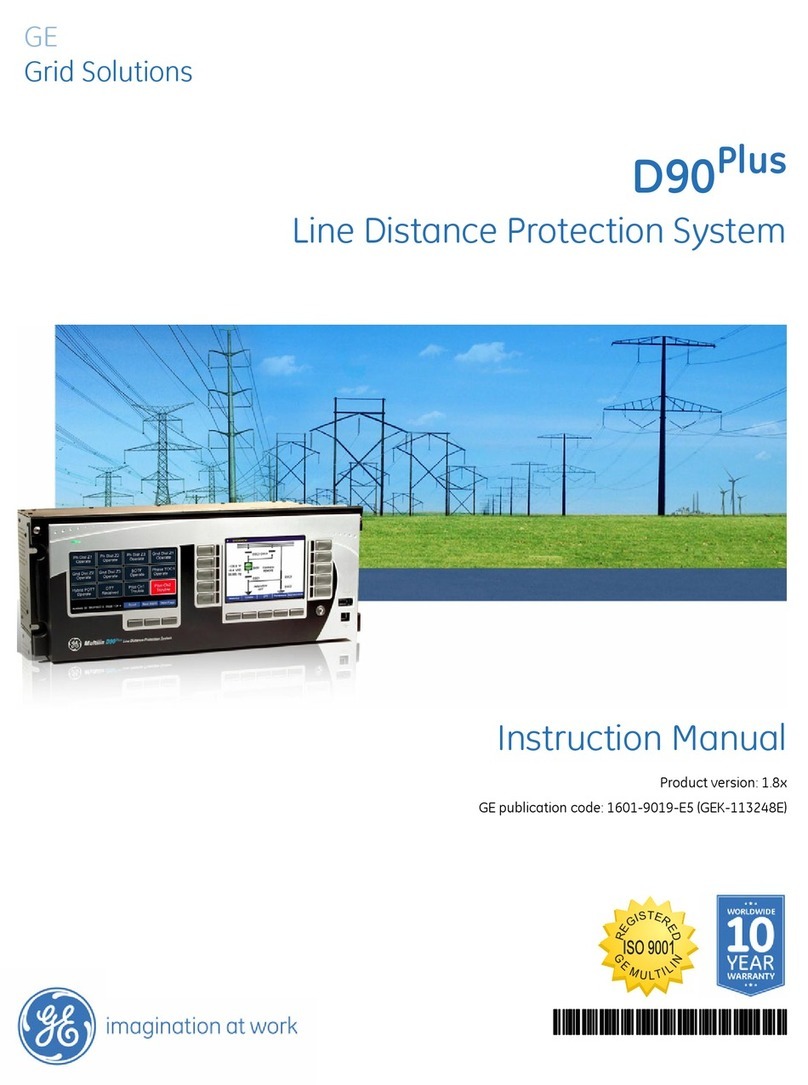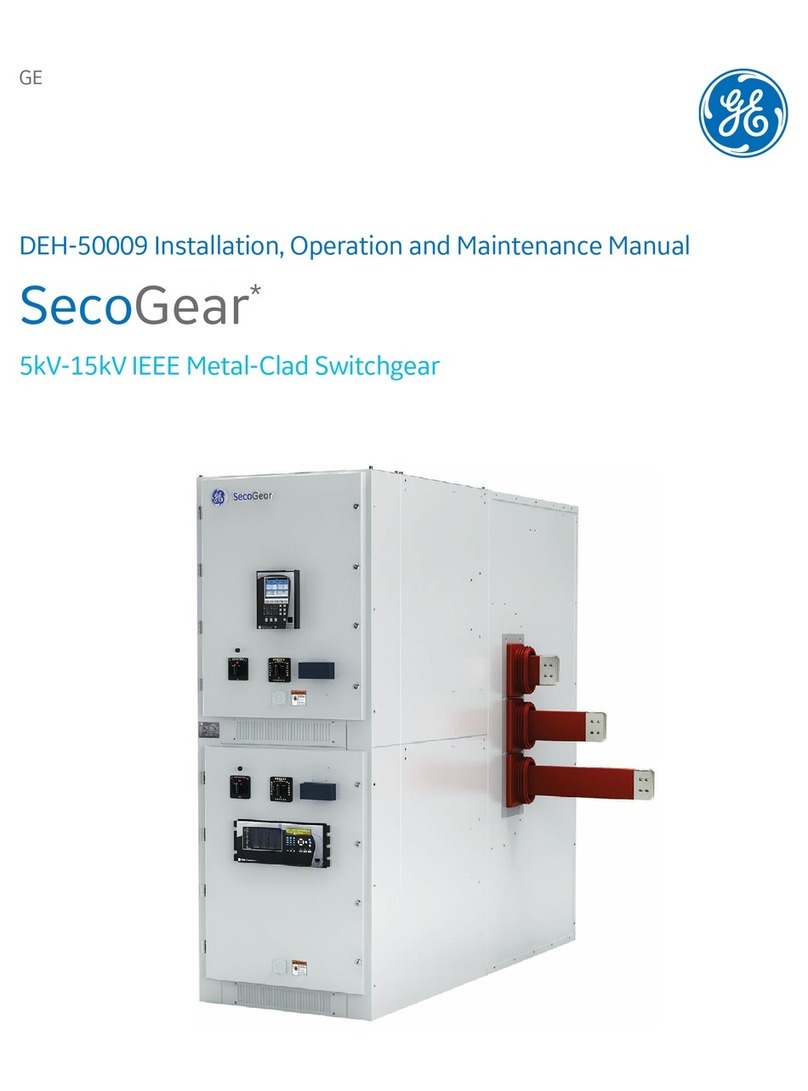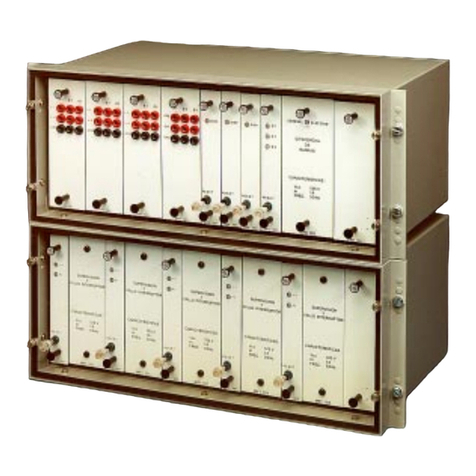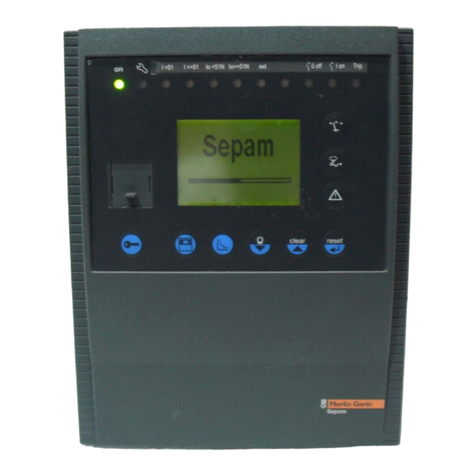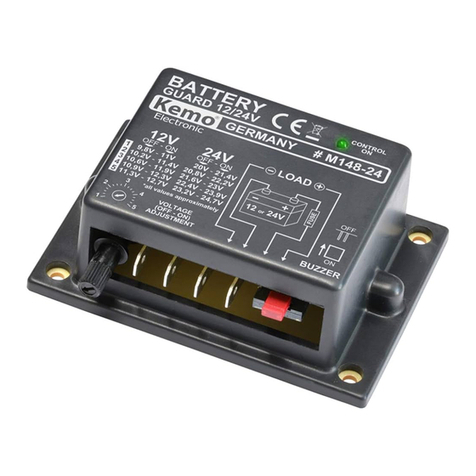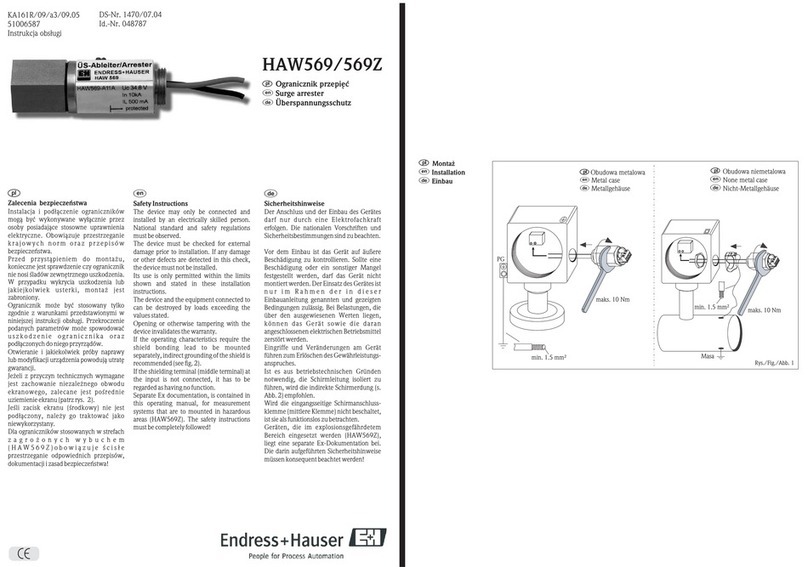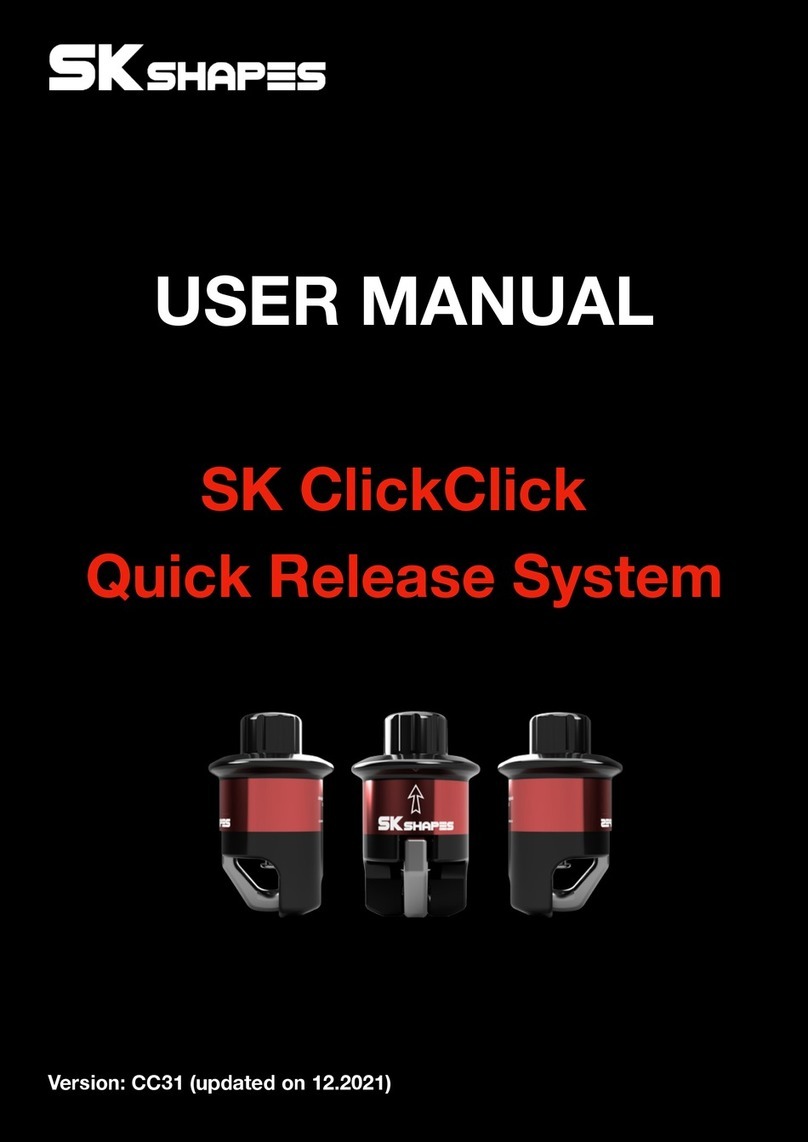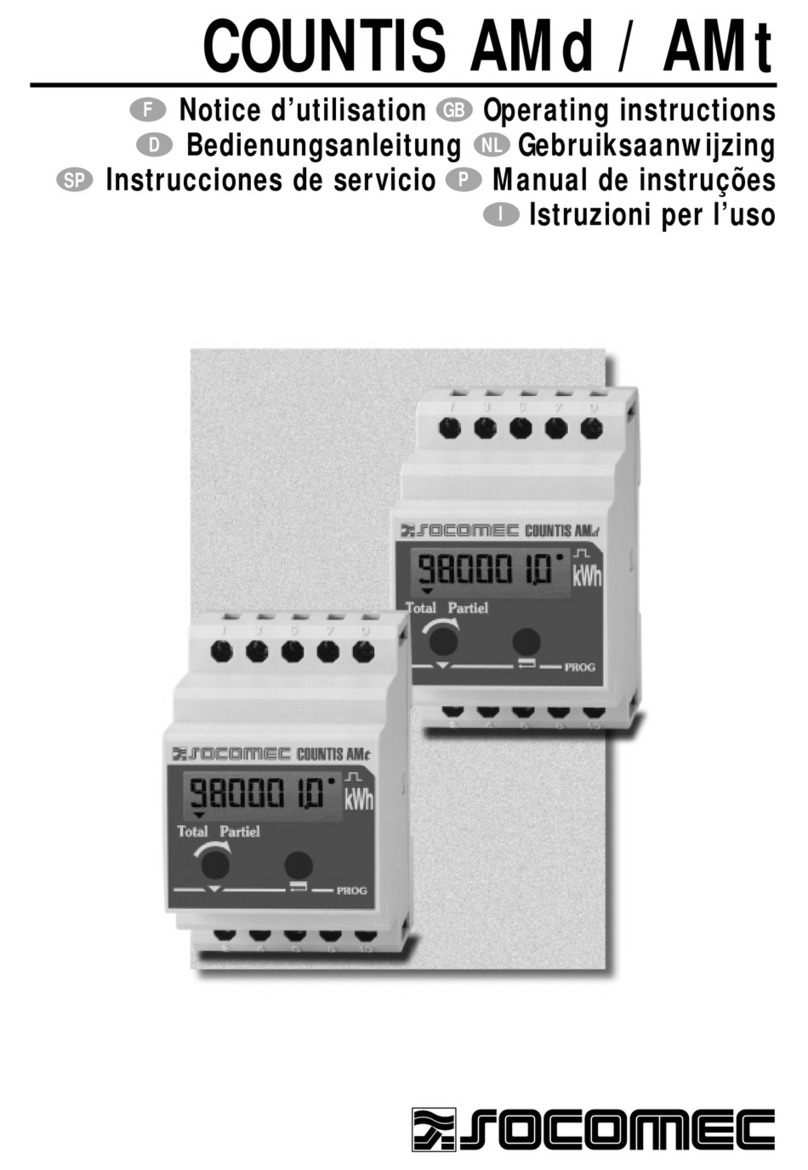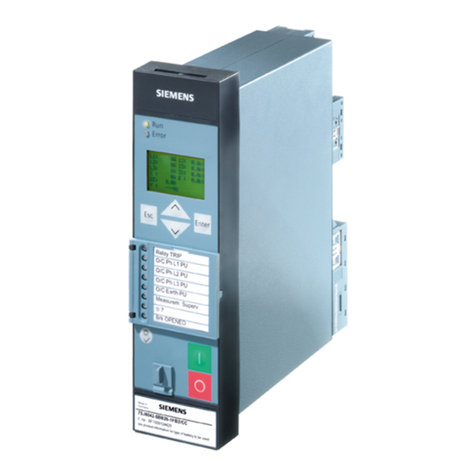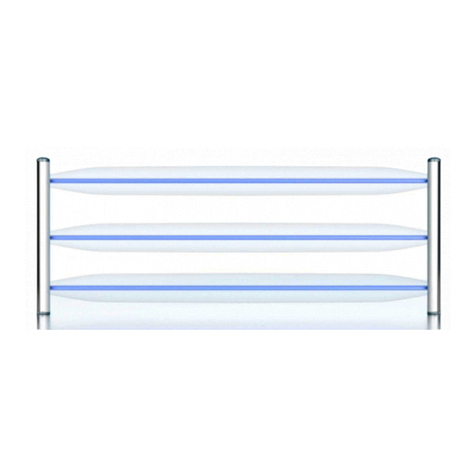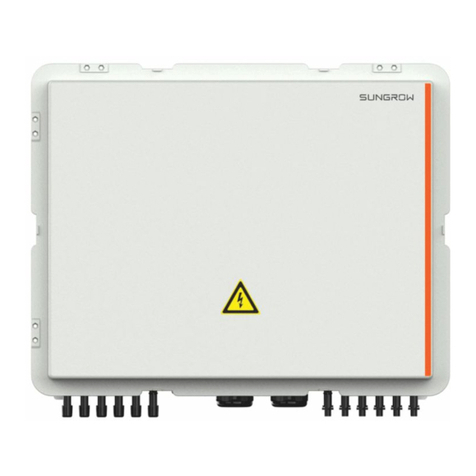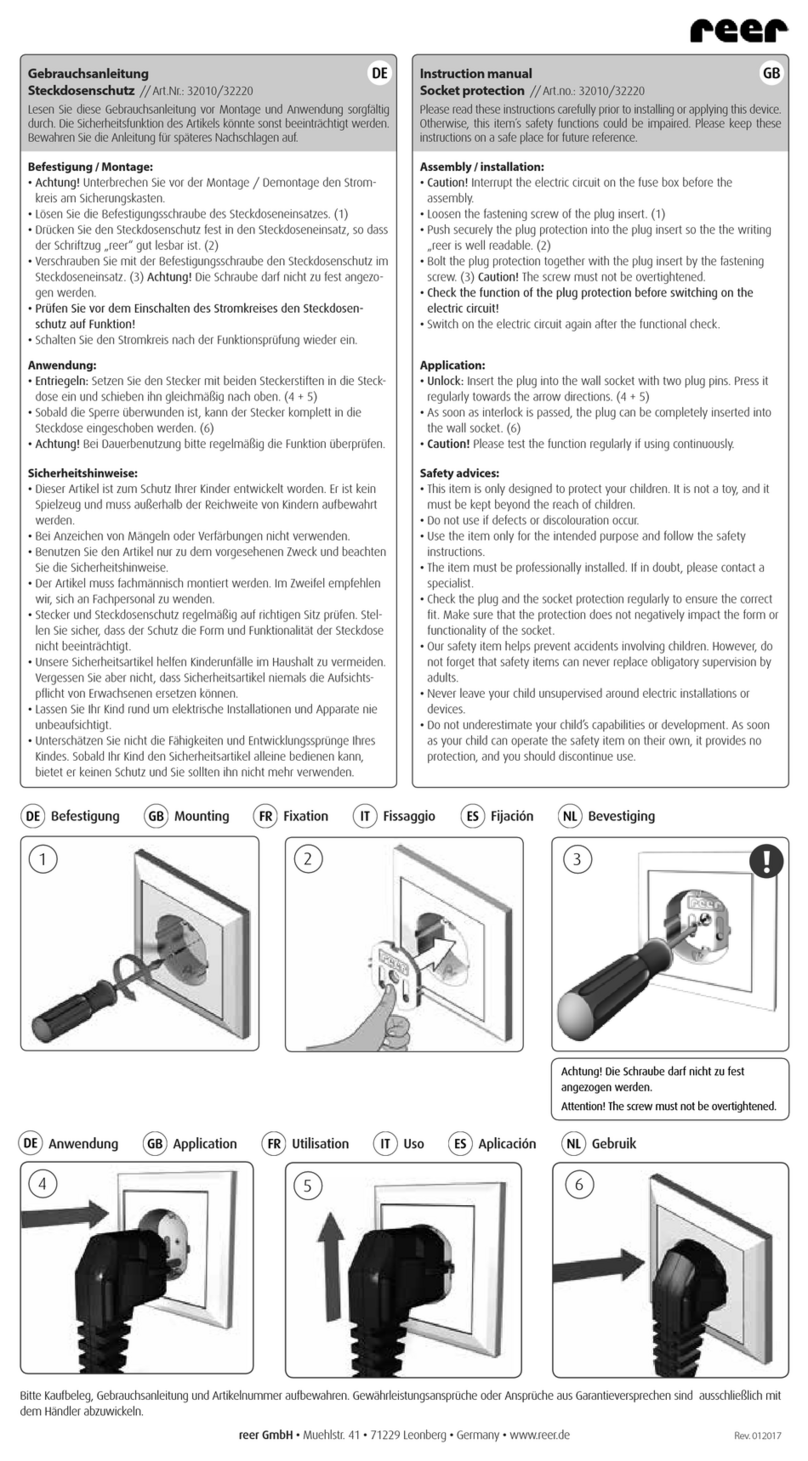
ii SPM Synchronous Motor Protection and Control GE Multilin
TABLE OF CONTENTS
4.1.2 SPMPC INSTALLATION ....................................................................................4-2
4.1.3 CONFIGURATION..............................................................................................4-3
4.1.4 CREATING A NEW SETPOINT FILE.................................................................4-4
4.1.5 EDITING A SETPOINT FILE ..............................................................................4-5
4.1.6 LOADING SETPOINTS FROM A FILE...............................................................4-6
4.1.7 UPGRADING SETPOINT FILES TO A NEW REVISION ...................................4-7
4.1.8 PRINTING SETPOINTS & ACTUAL VALUES....................................................4-8
4.1.9 TRENDING .........................................................................................................4-9
4.2 KEYPAD INTERFACE
4.2.1 DESCRIPTION .................................................................................................4-10
4.2.2 CHANGING SETPOINTS .................................................................................4-11
4.2.3 CHANGING CALIBRATION VALUES ..............................................................4-12
4.2.4 CHANGING CONFIGURATIONS.....................................................................4-13
4.2.5 VIEWING & CHANGING STATUS MODE PARAMETERS..............................4-14
4.2.6 ALTERNATE MENU OPERATION...................................................................4-14
5. SETPOINTS 5.1 OVERVIEW
5.1.1 DESCRIPTION ...................................................................................................5-1
5.2 SETPOINTS MENU
5.2.1 POWER FACTOR TRIP .....................................................................................5-2
5.2.2 POWER FACTOR DELAY..................................................................................5-2
5.2.3 POWER FACTOR SUPRESSION......................................................................5-2
5.2.4 POWER FACTOR MODE...................................................................................5-3
5.2.5 FIELD APPLICATION RELAY DELAY ...............................................................5-3
5.2.6 FIELD CONTACTOR AUXILIARY RELAY DELAY.............................................5-3
5.2.7 AC CT PRIMARY RATING .................................................................................5-4
5.2.8 MOTOR FULL LOAD AMPS...............................................................................5-4
5.2.9 MOTOR LOCKED ROTOR AMPS......................................................................5-4
5.2.10 SYNCHRONOUS SLIP.......................................................................................5-5
5.2.11 STALL TIME .......................................................................................................5-5
5.2.12 RUN TIME ..........................................................................................................5-5
5.2.13 DIRECT CURRENT CT PRIMARY RATING ......................................................5-6
5.2.14 FIELD OVERTEMPERATURE (HIGH FIELD OHMS) PROTECTION ...............5-7
5.2.15 FIELD UNDERCURRENT ..................................................................................5-8
5.2.16 FIELD UNDERCURRENT DELAY......................................................................5-8
5.2.17 FIELD UNDERVOLTAGE ...................................................................................5-8
5.2.18 FIELD UNDERVOLTAGE DELAY ......................................................................5-9
5.2.19 INCOMPLETE SEQUENCE DELAY ..................................................................5-9
5.3 OPTIONAL POWER FACTOR REGULATION SETPOINTS
5.3.1 DESCRIPTION .................................................................................................5-10
5.3.2 POWER FACTOR REGULATOR .....................................................................5-10
5.3.3 REGULATOR GAIN..........................................................................................5-10
5.3.4 STABILITY........................................................................................................5-10
5.3.5 REGULATOR OUTPUT LIMIT .........................................................................5-11
5.3.6 FLOOR VOLTS.................................................................................................5-11
5.4 CONFIGURATIONS MENU
5.4.1 MOTOR TYPE ..................................................................................................5-12
5.4.2 LINE FREQUENCY ..........................................................................................5-12
5.4.3 POWER FACTOR REFERENCE .....................................................................5-12
5.4.4 RTU ADDRESS ................................................................................................5-12
5.4.5 BAUD RATE .....................................................................................................5-12
5.4.6 PARITY.............................................................................................................5-12
5.4.7 TURNAROUND ................................................................................................5-13
5.4.8 STATUS MODE................................................................................................5-13
5.4.9 PASSWORD.....................................................................................................5-13
5.5 CALIBRATION MENU
5.5.1 FULL-SCALE EXCITER DC VOLTAGE ...........................................................5-14
5.5.2 FULL-SCALE EXCITER DC AMPS ..................................................................5-14
5.5.3 FULL-SCALE MOTOR AC AMPS ....................................................................5-14
